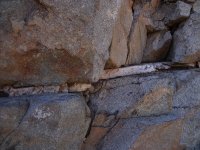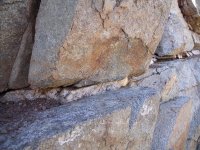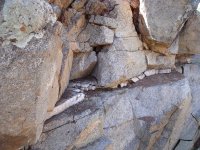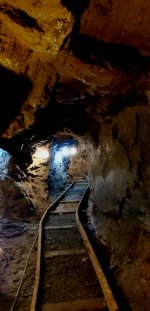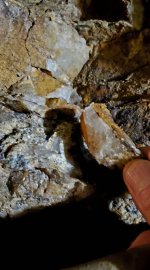StoryWriter85
Greenie
- Aug 20, 2024
- 12
- 12
I’m writing a novel about gold prospecting in the 1800s, and want to understand the process. My question here is about quartz veins.
Every photo I see of quartz veins looks very different. Sometimes it’s a white vein, sometimes ashy-colored, and sometimes it’s rusty-red. Does this depend on the minerals or geological process?
Also, what does gold-bearing quartz usually look like? Is it tiny gold speckles, or is it one continuous stripe of gold within the vein? If anyone has photos showing what to look for, that would help me a lot. Thank you!
Every photo I see of quartz veins looks very different. Sometimes it’s a white vein, sometimes ashy-colored, and sometimes it’s rusty-red. Does this depend on the minerals or geological process?
Also, what does gold-bearing quartz usually look like? Is it tiny gold speckles, or is it one continuous stripe of gold within the vein? If anyone has photos showing what to look for, that would help me a lot. Thank you!
Amazon Forum Fav 👍
Upvote
2



